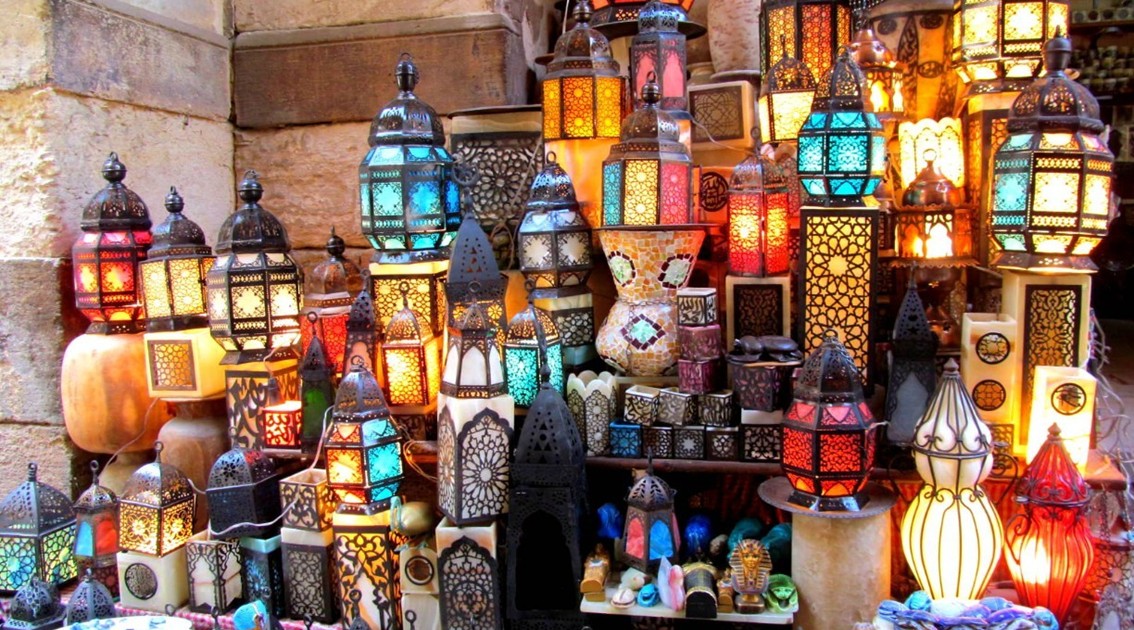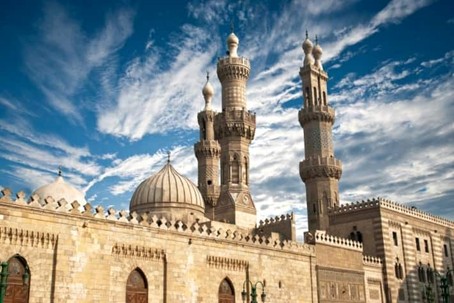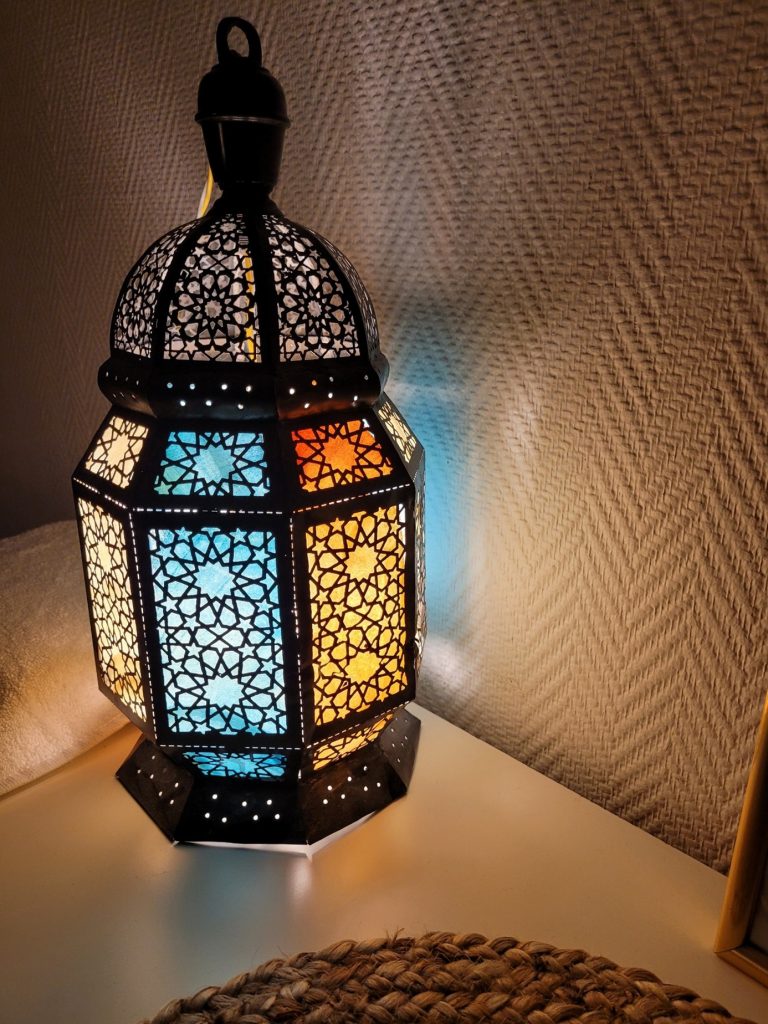Honouring my Egyptian connection – the ‘Fawanees’
Ever since I first came to Egypt all those years ago, I specifically remember the first Ramadan there where I discovered all those fantastic lanterns, which are used specifically during Ramadan. With their intricate designs and colourful glasses, they cast magnificent, and very cosy 😊, shadows on the walls.
These lanterns, the so-called ‘fawanees’, are big business in the souq area, and people are out in force before the start of Ramadan to get one (or two 😊).

Everywhere you go during the month of Ramadan, you can see these lanterns, decorating the city and the homes in Egypt, bigger and smaller, but always in these particular designs. It gives the most amazing atmosphere and a very welcoming light.
The real ones, i.e. not made in China, are handmade in the old market place, the souq, where they have been made in the same way for hundreds of years. According to popular Egyptian history, the Fatimid rulers introduced the “Ramadan lantern”. The Fatimid caliph used to go out on the night before Ramadan along with children, each of them carrying a lantern to light the way as they sang in celebration for the holy month. In another story, one of the Fatimid caliphs ordered the lighting of mosques throughout the month of Ramadan with lanterns and candles.
The Fatimid dynasty ruled Egypt from 969 AD, and in 973, the caliphate was moved to the new capital of Cairo where Egypt became the political, cultural, and religious centre of their empire. The Fatimid caliphate declined rapidly during the late eleventh and twelfth centuries and in 1171 AD, Saladin abolished the dynasty’s rule and founded the Ayyubid dynasty, which incorporated Egypt into the authority of the Abbasid caliphate.
The opulence of the Fatimids fuelled a renaissance in the decorative arts, which made Cairo the most important cultural centre in the Islamic world. Nearby, Old Cairo, known as al-Fustat, became a major centre for the production of pottery, glass and metalwork, together with ivory and wood carving.
The artwork from this period exemplifies the creativity and ingenuity of Fatimid artisans. The technique of lusterware on ceramic, developed originally in Iraq, was revived in Egypt and Syria during this time.
Architecture during the Fatimid era also flourished in Egypt

Mosque of Al-Azhar, Cairo
When living in Egypt it is like having your own treasure trove just around the corner – always new things to discover and enjoy.
Ever since that first time I discovered the ‘fawanees’, the Ramadan lanterns, and fell in love with them, I always have them with me in my home, where ever I live.
